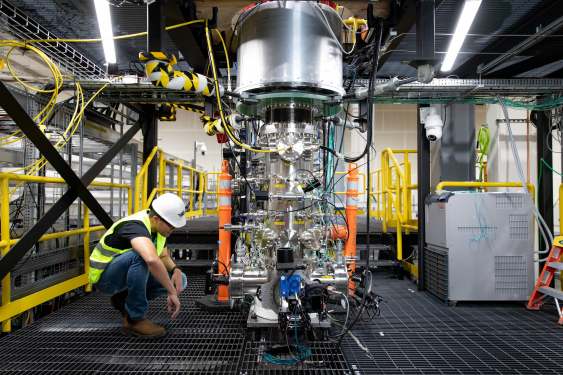Record-High Ether Futures Open Interest Raises Questions About Bullish Sentiment
Ether (ETH) futures aggregate open interest, ETH, has climbed 23% in the 30 days leading up to Nov. 27, reaching $22 billion.
A Comparison with Bitcoin Futures Open Interest
For context, three months earlier, on Aug. 27, Bitcoin (BTC) futures open interest stood at $31.2 billion.
Additionally, when Ether traded above $4,000 on May 13, ETH futures open interest was $14 billion.
Market Dominance by Binance, Bybit, and OKX
Dominating this market are Binance, Bybit, and OKX, which collectively account for 60% of ETH futures demand. However, the Chicago Mercantile Exchange (CME) is steadily increasing its footprint.
Notably, CME now holds $2.5 billion in ETH futures open interest, signaling growing institutional involvement—a development often seen as a hallmark of market maturity.
High Demand for Leverage: A Neutral Indication
High demand for leverage, whether from institutional or retail investors, does not inherently indicate bullish sentiment.
Derivatives markets are balanced between buyers and sellers, and they create opportunities for strategies that capitalize on various scenarios, including price declines.
Strategies to Capitalize on Price Declines
For example, the cash and carry strategy involves purchasing Ether in the spot (or margin) market while simultaneously selling the same notional amount in ETH futures.
Similarly, traders can exploit rate differentials by selling longer-dated contracts, such as those expiring in March 2025, while buying nearer-term contracts like December 2024.
These strategies do not reflect bullish sentiment but significantly increase demand for Ether leverage.
ETH Futures Annualized Premium
The two-month ETH futures annualized premium (basis rate) surpassed the 10% neutral threshold on Nov. 6 and has maintained a robust 17% over the past week.
This rate enables traders to earn a fixed return while fully hedging their exposure through the cash and carry strategy.
However, it is notable that some market participants are accepting a 17% cost to maintain leveraged long positions, suggesting a moderate degree of bullishness.
Risk of Liquidations Due to Retail Investors
The greatest risk in a highly leveraged environment often stems from retail traders, colloquially known as ‘degens,’ who frequently use leverage of up to 20x.
In such cases, a standard 5% daily price drop can wipe out the entire margin deposit, triggering liquidations.
Between Nov. 23 and Nov. 26, $163 million in leveraged long ETH futures positions were forcibly liquidated.
ETH Perpetual Futures as an Indicator
To gauge the health of Ether retail futures positions, perpetual contracts serve as a key indicator.
Unlike monthly contracts, perpetuals closely mirror the ETH spot price.
They employ a variable funding rate—typically ranging between 0.5% and 2.1% per month—to balance leverage between longs and shorts.
Current Funding Rate
Currently, the ETH perpetual futures funding rate sits near the neutral threshold at 2.1% per month.
While there was a brief spike above 4% on Nov. 25, it was not sustained.
This suggests that retail demand for leveraged longs remains muted, even with a 15% weekly ETH price increase.
Institutional Strategies vs. Bullish Sentiment
These dynamics strengthen the argument that the rise in Ether open interest reflects institutional strategies—such as hedging or neutral positioning—rather than outright bullish sentiment.
The surge in Ether futures open interest raises questions about whether the elevated leverage signals excessive bullish sentiment.
However, a closer examination of market data reveals that high demand for leverage does not inherently indicate bullish sentiment.
Institutional involvement and strategies to capitalize on various scenarios suggest a more nuanced interpretation of the market dynamics.




